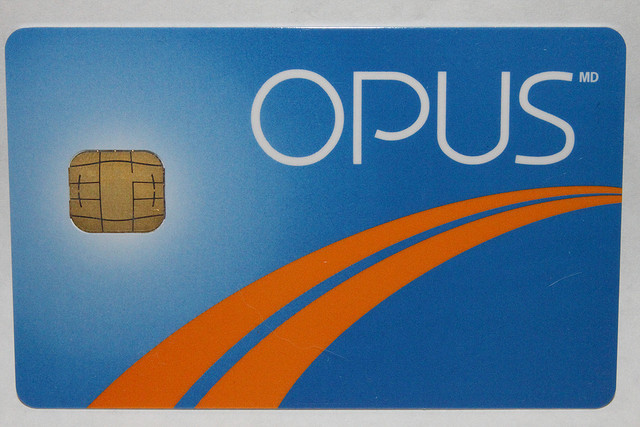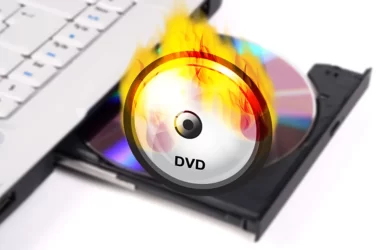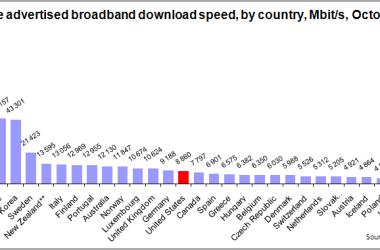Table of Contents Show
Smart cards are pocket-sized cards that contain embedded electronic circuitry. These cards are typically made of plastic (usually polyvinyl chloride), although some eco-friendly reusable ones made from paper are sometimes used.
Invented more than 45 years ago, they are widely used today in many countries around the world for a wide variety of purposes, such as authentication, identification, data storage and computer application processing.
What’s in a smart card?
As mentioned, smart cards are made from plastic and contain some electronic wizardry built into them (the gold bit, the same as what you use as a SIM card in your mobile phone, for example). These âgold bits’ are actually called microprocessors, and are used in all sorts of everyday items.
Smart cards are usually the same size as a debit or credit card, complete with rounded edges just like them too.
The visible part of a smart card microprocessor are the metal conductors. They work in a similar way to USB cables that you plug into computers for example; as soon as the smart card is inserted into a smart card reader, a small amount of voltage is applied to it in order to send and receive information from the chip.
A smart card’s microprocessor chip is actually located underneath the metal conductors (yes they are very small, see here for an X-ray of one).
What are smart cards used for?
Smart cards are used for a multitude of reasons such as:
- Financial applications – they are often used for debit and credit cards, and work with chip and PIN systems in the UK;
- Identification – they may be used in commercial settings, such as for employees working in large offices or buildings, and also in the hospitality sector (key cards for guests);
- Public transport – rather than issuing customers paper tickets for single and return journeys, customers can use smart cards to âload’ credit on them which is then deducted from their account once they leave their destination. The Oyster Card used on London’s buses and train networks is one such example;
- Computer security – retail shops with point-of-sale terminals issue their employees smart cards which they slot into the till so that they can be âsigned in’, mainly for the purposes of logging their work hours. Some computer systems which have access to sensitive information may also use smart card readers which employees must use before they can gain access to the computer;
- Digital television – satellite television boxes often require a smart card to be inserted into the box at all times in order for transmissions for certain premium television stations to be decrypted.
Contactless smart cards
Gaining popularity in recent years, contactless smart cards enable users to get their smart cards and simply âtouch’ a reader without having to insert their cards into traditional card readers. Many banks in the UK offer contactless debit cards, and mass transit cards such as the Oyster Card mentioned earlier operate on such a basis.
Smart cards are cheap to produce
Smart cards are inexpensive to make, and it is very easy to find a manufacturer of smart cards in the UK to create some for your organisation’s requirements.









